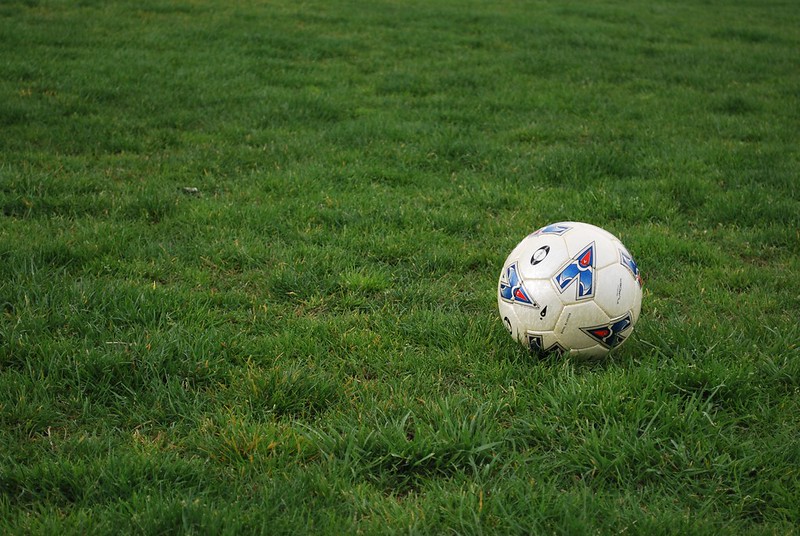Soccer has traditionally been considered to be a poor man’s sport where all you need is a ball and a patch of ground.
So why does it cost so much to play?
Long-time coach of the La Trobe University Soccer Club (LUSC) men’s reserve team, Arpad Mihaly, had 28 registered players to form two teams at the start of the 2022 season. Yet, six weeks later, he had to withdraw one of them from the competition, as he struggled to put a full team on the pitch.
LUSC generally attracts university students from overseas, interstate, and regional Victoria. Students however become unreliable in their commitment to training and playing with other responsibilities such as part-time jobs. When combined with injuries and the unforeseen impact of study, Mihaly finds it hard to attract long-term players.
“The sleeper issue here is the cost of living in Australia for overseas students. To committed players, I recommend for a part payment plan with the club,” he says.
To join the club, the yearly fees are $320 for university students and $420 for non-students. Players can struggle to come up with this money on time.
“It becomes an issue when players are slow, and the club has already subsidised them. The club loses money on some players each year.”
However, this is the same problem everywhere. High prices and FV costs are similar for all clubs in Australia and can impact participation.
When players pay for soccer registration, $240 goes to Football Victoria (FFV) and $45 to Football Australia (FFA). LUSC receives $35 from university students and $135 from non-students. This money is used to pay team registrations to FFV as well as the playing shirts, balls, bibs, cones, and any other equipment.
Mihaly believes investment needs to be targeted for the under-privileged communities, which is where highly motivated players are commonly scouted from.
“I believe money should be invested into the worst resourced communities with crap schools and provide trained coaches for local sports clubs and schools,” he says.
“These kids have the drive and mental toughness.”
Most private schools have lavished sports facilities and programs. They compete with each other to employ former professional players and coaches. And yet, Australian football currently has a high-cost system, which is producing underperforming national squads and coaches.
Head of Growth and Development at Football Victoria, Lachlan Cole, is aware of the challenges and opportunities associated with the affordability of soccer. He says FFV continue to work in making the game more accessible to all people.
“While participation rates remain strong and continue to explode at a rapid rate, there has been a noted concern that the cost of playing may limit opportunities for undiscovered talent,” he tells upstart.
“We continue to work to ensure that talent identification and development programs are accessible to people of all socioeconomic circumstances, cultural backgrounds, geographic locations, etc, and continue to provide inclusive and merit-based pathways, rather than cost-prohibitive.”
Despite the challenge of cost, the popularity of the sport in Australia continues to grow. La Trobe University’s commitment to the development of the Matildas’ national training centre is a major step in encouraging more people to participate and play on great facilities at LUSC.
Mihaly has noticed slight improvement in participation numbers compared to 2022 due to the developments.
“This year (2023), I had 36 registered players,” he says.
“All clubs love to come to La Trobe because of the quality of our grounds to play on. For two years the reserves have played their games on the academy pitch, formerly one of the Melbourne City’s training grounds. This area has proper drainage, so it is dry all year round.”
But are improvements to facilities and clubs the only reason for the increase in the sport’s popularity? Cole, who has been associated with Football Victoria since 2015, believes Australia’s international success in both the men’s and women’s World Cup has been a major contributor to the popularity of the sport.
“Their achievements serve as inspiration for young players in all corners of Australia and generate a real positivity and excitement around soccer moving forward,” he says.
“This national pride and enthusiasm for the sport, as well as increased accessibility and support for women and girls in comparison to decades gone by, will be critical to both sustaining participation rates but maintaining a healthy football (soccer) pyramid that produces positive results on the international stage.”
Like any sport in Australia, soccer requires support from the local, state, and federal government to ensure the game continues to progress. The Australian Government has recently confirmed further steps to support football’s growth, particularly in the space of equity and access. This includes investing in infrastructure projects through the “Play Our Way” Legacy Fund which was announced following the success of the 2023 FIFA Women’s World Cup.
These facilities will not only benefit elite athletes but also provide access to grassroots players to get women and girls to engage, stay, and participate in football throughout their lives.
Cole says there is still a great amount of work needed to be done in partnership with the government to not only maximise participants, but to work on better funding clubs and grassroots soccer.
“While we have seen great investment and progress across the past few years, through streams such as the World Game Facilities Fund, we understand that there is a great amount of work still to do in partnership with all levels of government,” he says.
“This will help improve the overall standard of both grassroots and elite facilities across the country to ensure that we can provide the best football (soccer) experience to the maximum number of participants in years to come.”
Photo: Soccer, anyone? by rumolay available HERE and used under a Creative Commons license. This image has not been modified.







